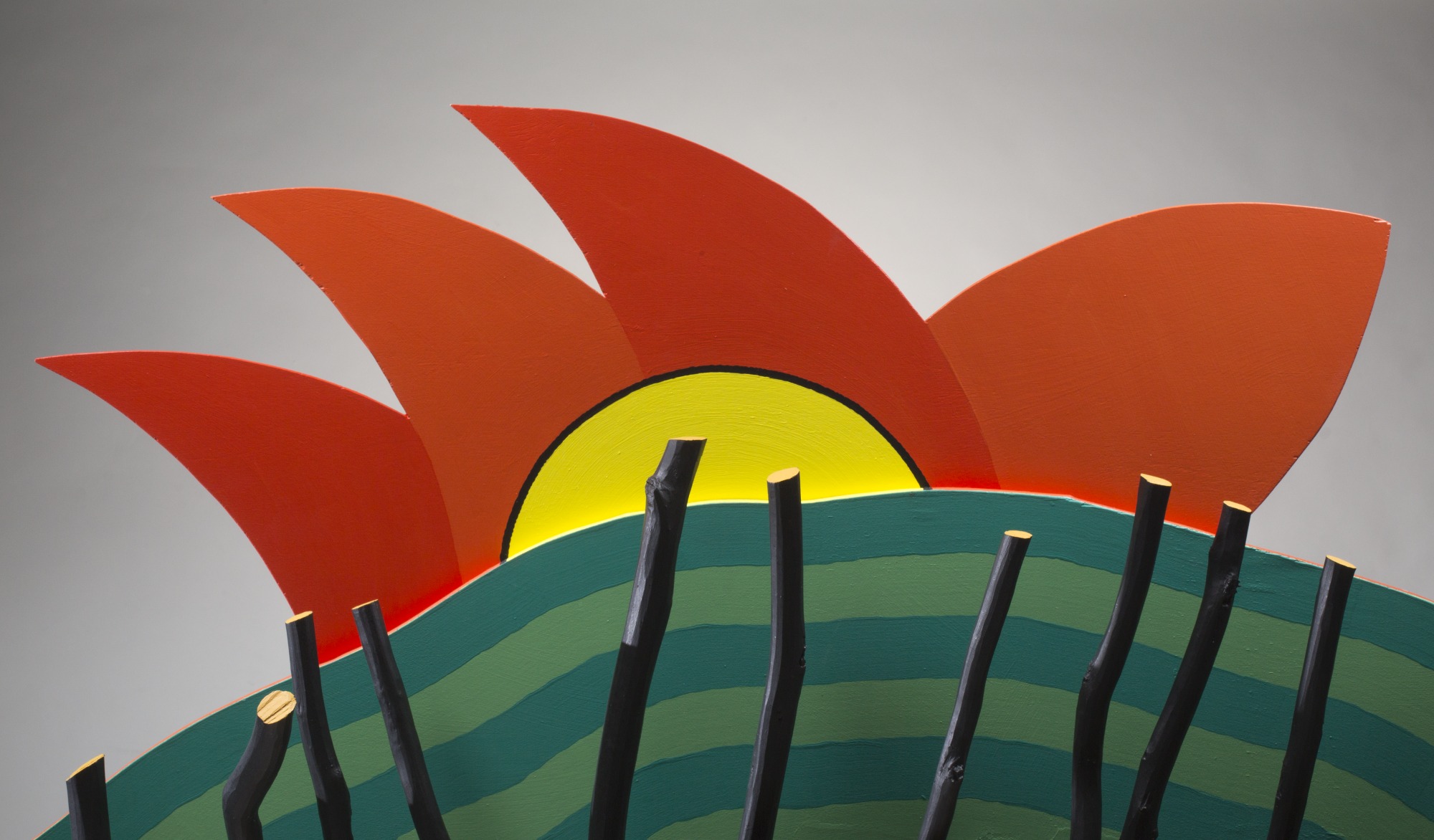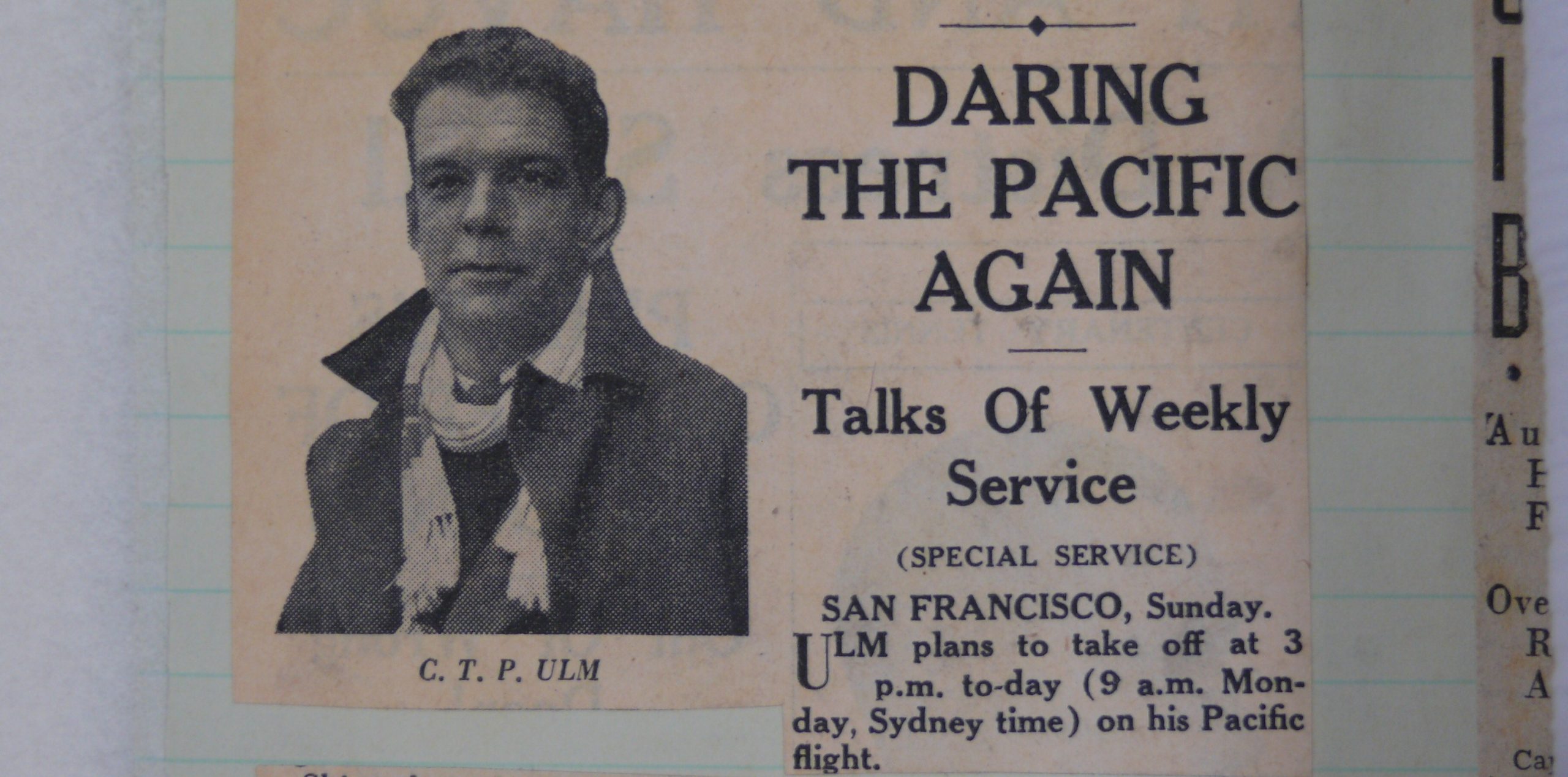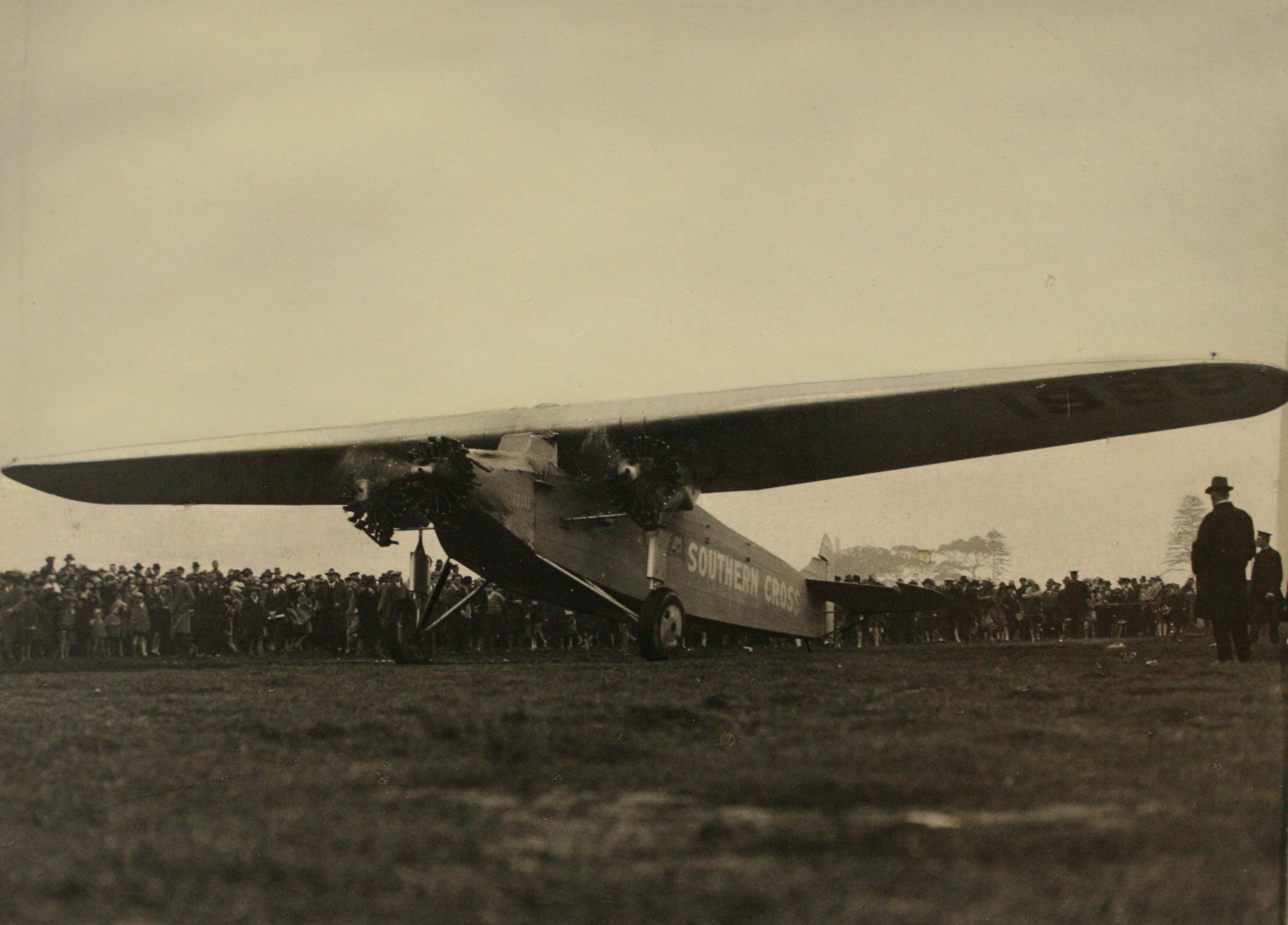Fuelling Horses, People & Futures
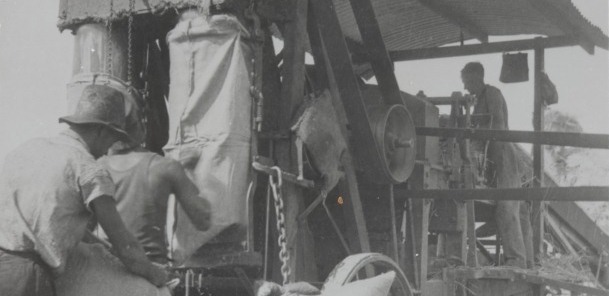
Harold Fife was born in 1919 at Wagga Wagga, a busy town among the wheat and sheep farms of southern New South Wales, and died in 2011. During his long life, Fife witnessed a dramatic transformation in methods of generating food and fibre. As a young man, he worked in his family’s chaff-cutting business, which operated across inland New South Wales. In the photograph above, Fife stands on the far right, feeding hay into a steam-driven chaff-cutting machine.
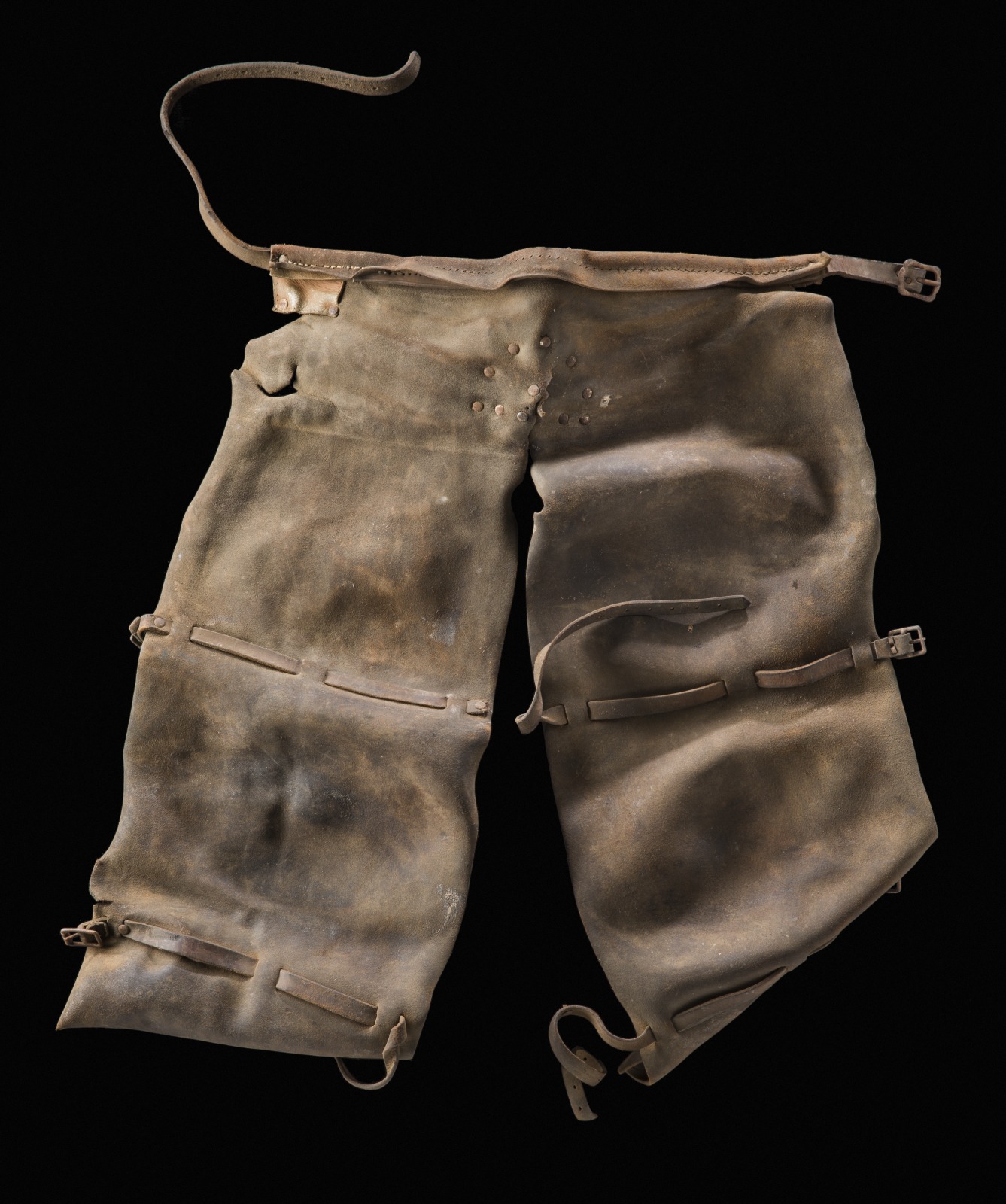
This leather apron belonged to Harold Fife, and features in the National Museum of Australia’s new exhibition Spirited: Australia’s Horse Story. When Fife wore this apron in the 1930s as a member of a chaff cutting team, the energy of the sun and the soil — temporarily captured within oaten hay and native pastures — fuelled the draught horses that dragged agricultural machinery to groom paddocks and harvest crops. Agricultural production, and the human life it sustained, still operated within dynamic, living systems. Today, most of the foods that nourish our bodies, and the fibres that keep us warm, are products of fossilised sunlight, of dead energy burned back into lively ecologies, the consumption of which imperils our climate, our oceans, and our future.
In 1925 brothers, Clyde and Jim Fife established a mobile chaff cutting business, based in Wagga Wagga. They drove steam engines to haul chaff-cutting plants to farms in the surrounding Riverina region and beyond, where they cut giant stacks of oaten hay into chaff, a staple food for working horses, the pre-1940s equivalent of agricultural diesel. Harold, Clyde’s eldest son, wore this sturdy leather apron to protect his legs from the brittle hay stalks, while feeding sheaves into the cutter.
The Fife brothers operated two chaff-cutting plants and they produced an average of 150 tonnes of chaff each week. As Harold pushed sheaves of oaten hay into the chaff-cutter, other members of his team filled and sowed hessian bags – up to two per minute – and lifted the bags of chaff onto a truck. As well as fuelling horse teams on farms, Fife Bros. chaff powered horses in Sydney and Brisbane, and ponies bred to haul coal from underground mines in the Hunter Valley. Fuelling the bodies of Harold and his teammates were meals cooked in a galley, hauled by the steam engine, comprising foods generated by horsepower, by the energy of sunlight and earth, funnelled through lively, ecological networks.
Harold Fife died three years ago, a distinguished member of the Wagga Wagga community. It seems to me that his leather apron, an object integrated so personally into physical modes of work, an item that records the bodily participation of one human being within productive and nourishing ecological cycles, grants possibilities for useful thinking. So recently did people know ways to sustain humanity by operating inside the living systems of our planet, that we may yet escape our dangerous dependence on dead and buried sources of energy.

